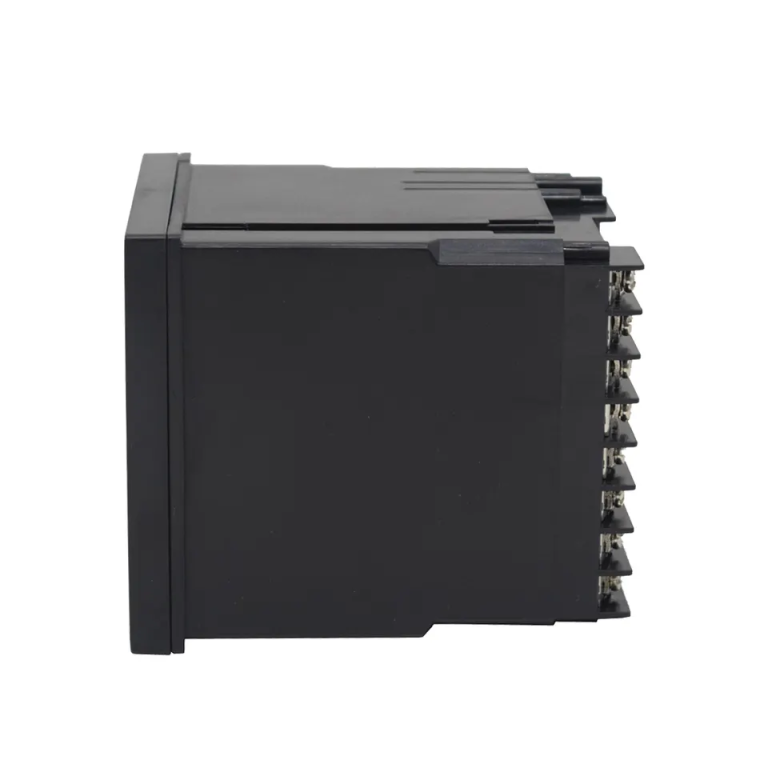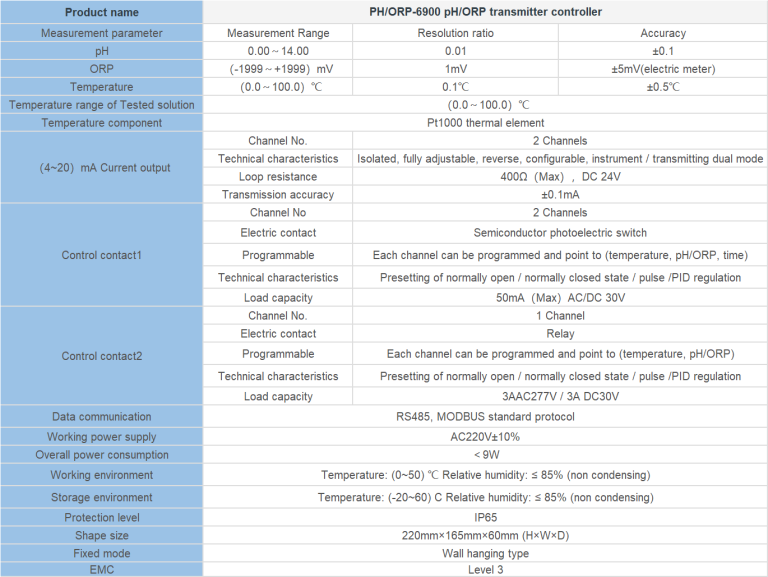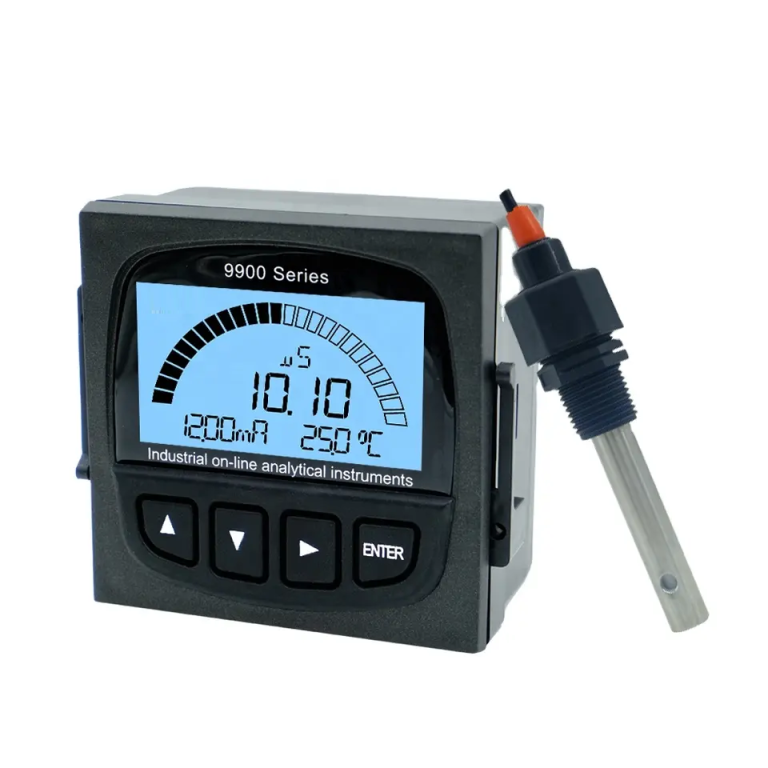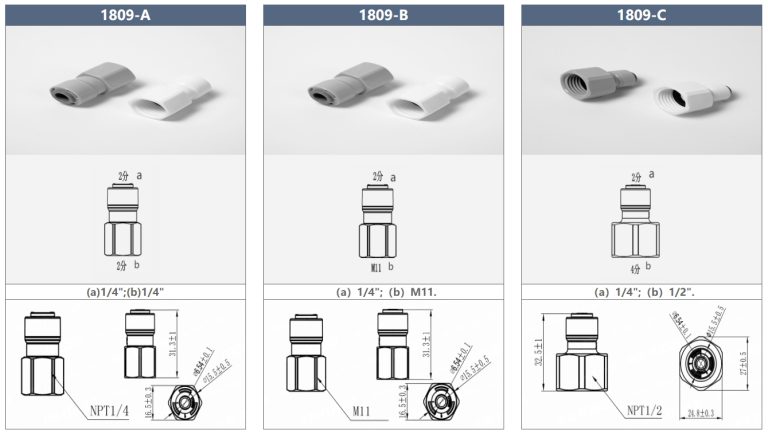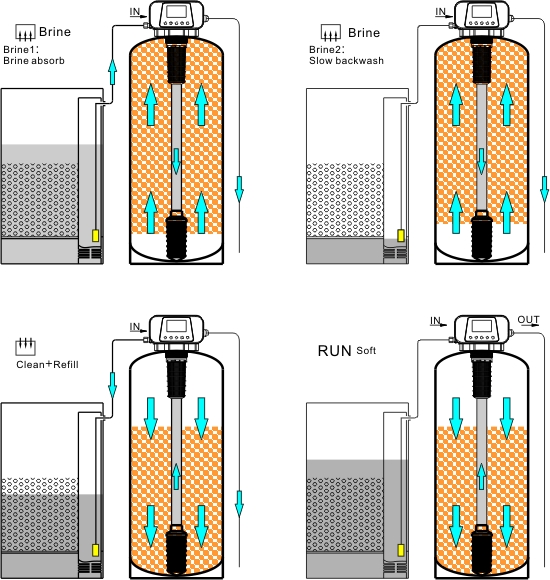Table of Contents
What is Turbidity and How Does it Affect Water Quality?
Turbidity is the cloudiness or haziness of a liquid caused by the presence of suspended particles. It affects water quality by making it difficult to see through the water, reducing the amount of light that can penetrate the water, and making it difficult for aquatic organisms to find food. Turbidity can also reduce the amount of oxygen in the water, making it difficult for aquatic organisms to breathe. High levels of turbidity can also cause water to become acidic, which can be harmful to aquatic life.
Understanding Turbidity Measurement: What You Need to Know
Turbidity measurement is an important part of water quality testing. It helps us understand the clarity of the water and the amount of suspended particles in it. If you’re curious about turbidity measurement, here’s what you need to know!
First, turbidity is measured in nephelometric turbidity units (NTU). This is a unit of measurement that indicates the amount of light that is scattered by suspended particles in the water. The higher the NTU, the more particles are present in the water.

Second, turbidity measurement is done using a turbidimeter. This is a device that shines a light through the water and measures the amount of light that is scattered. The more light that is scattered, the higher the turbidity.
Third, turbidity measurement is important because it helps us understand the clarity of the water. High turbidity can indicate the presence of pollutants, which can be harmful to aquatic life and human health.
Finally, turbidity measurement is an important part of water quality testing. It helps us understand the clarity of the water and the amount of suspended particles in it. This information can be used to make sure that our water is safe and clean.
| Measuring Method | N,N-Diethyl-1,4-phenylenediamine (DPD) spectrophotometry | |||
| Model | CLA-7122 | CLA-7222 | CLA-7123 | CLA-7223 |
| Inlet water channel | Single channel | Dual channel | Single channel | Dual channel |
| Measurement range | Total Chlorine : (0.0 ~ 2.0)mg/L ,calculated as Cl2 ; | Total Chlorine : (0.5 ~10.0)mg/L ,calculated as Cl2 ; | ||
| pH:(0-14);temperature:(0-100)℃ | ||||
| Accuracy | Free chlorine: ±10% or 0.05mg/L (whichever is greater), calculated as Cl2; Total chlorine: ±10% or 0.05mg/L (whichever is greater), calculated as Cl2 | Free chlorine: ±10% or 0.25mg/L (whichever is greater), calculated as Cl2; Total chlorine: ±10% or 0.25mg/L (whichever is greater), calculated as Cl2 | ||
| pH:±0.1pH;Temp.:±0.5℃ | ||||
| Measurement cycle | Free Chlorine≤2.5min | |||
| Sampling interval | The interval (1~999) min can be set to any value | |||
| Maintenance cycle | Recommended once a month (see maintenance chapter) | |||
| Environmental | Ventilated and dry room without strong vibration; Suggested room temperature: (15 ~ 28)℃; relative humidity: ≤85% (no condensation). | |||
| requirements | ||||
| Sample water flow | (200-400) mL/min | |||
| inlet water pressure | (0.1-0.3) bar | |||
| Inlet water temperature range | (0-40)℃ | |||
| Power supply | AC (100-240)V; 50/60Hz | |||
| Consumption | 120W | |||
| Power connection | 3-core power cord with plug is connected to the mains socket with ground wire | |||
| Data output | RS232/RS485/(4~20)mA | |||
| Dimension size | H*W*D:(800*400*200)mm | |||
Turbidity measurement is an important part of water quality testing. With the right knowledge and tools, you can make sure that your water is safe and clean. So, don’t be afraid to dive into turbidity measurement – it’s easier than you think!

